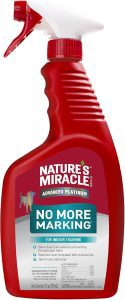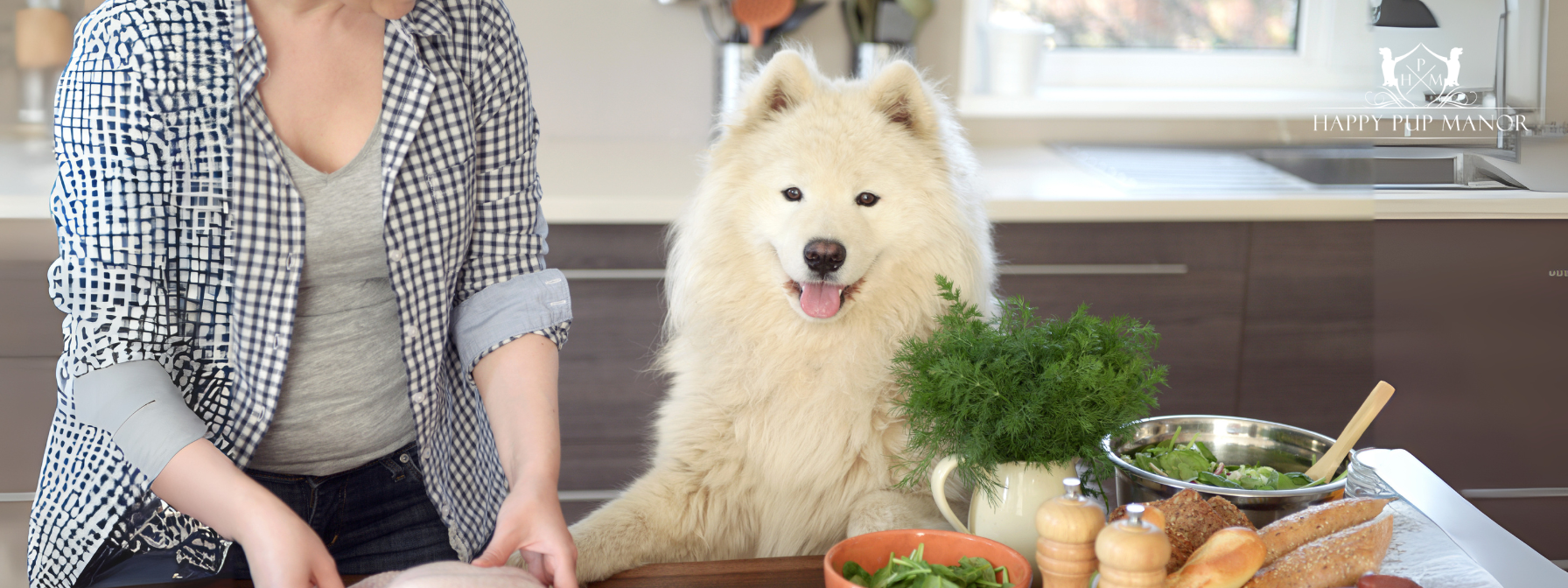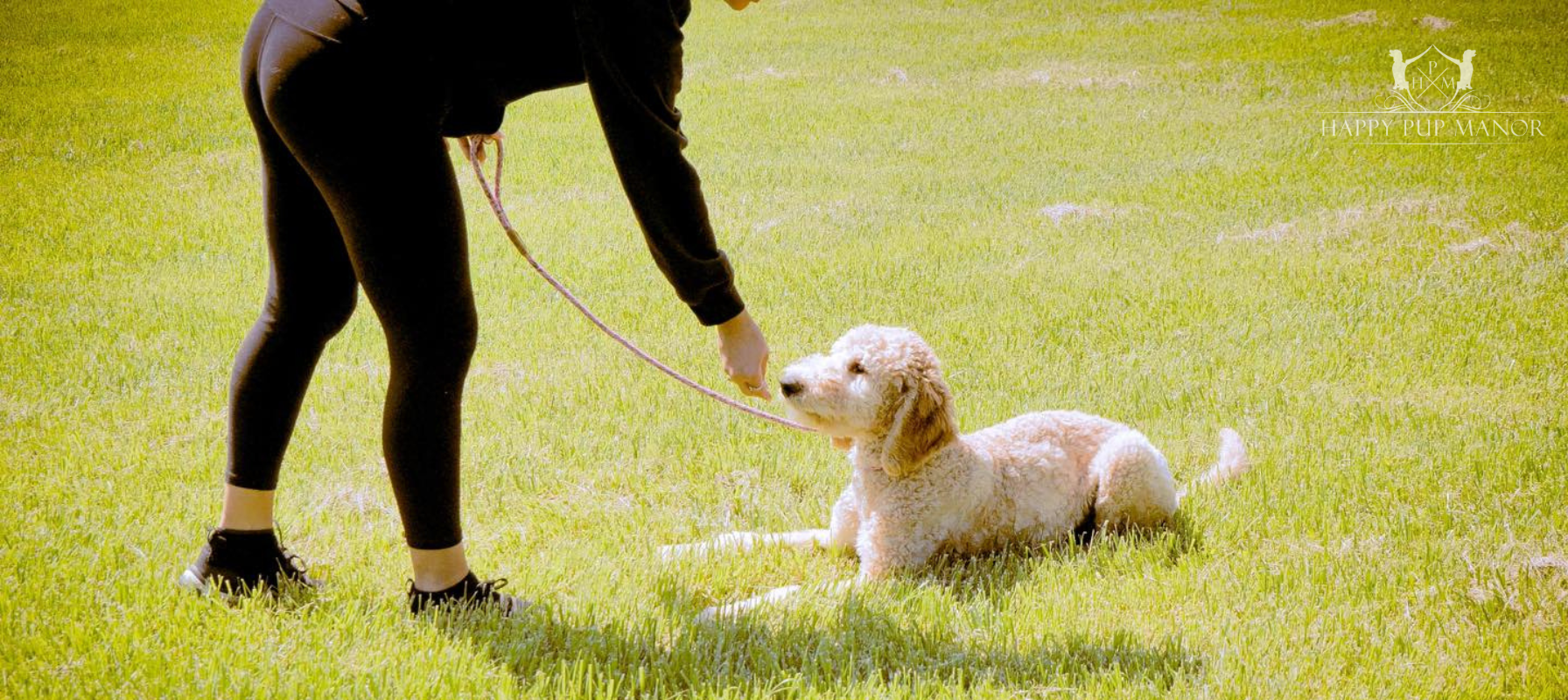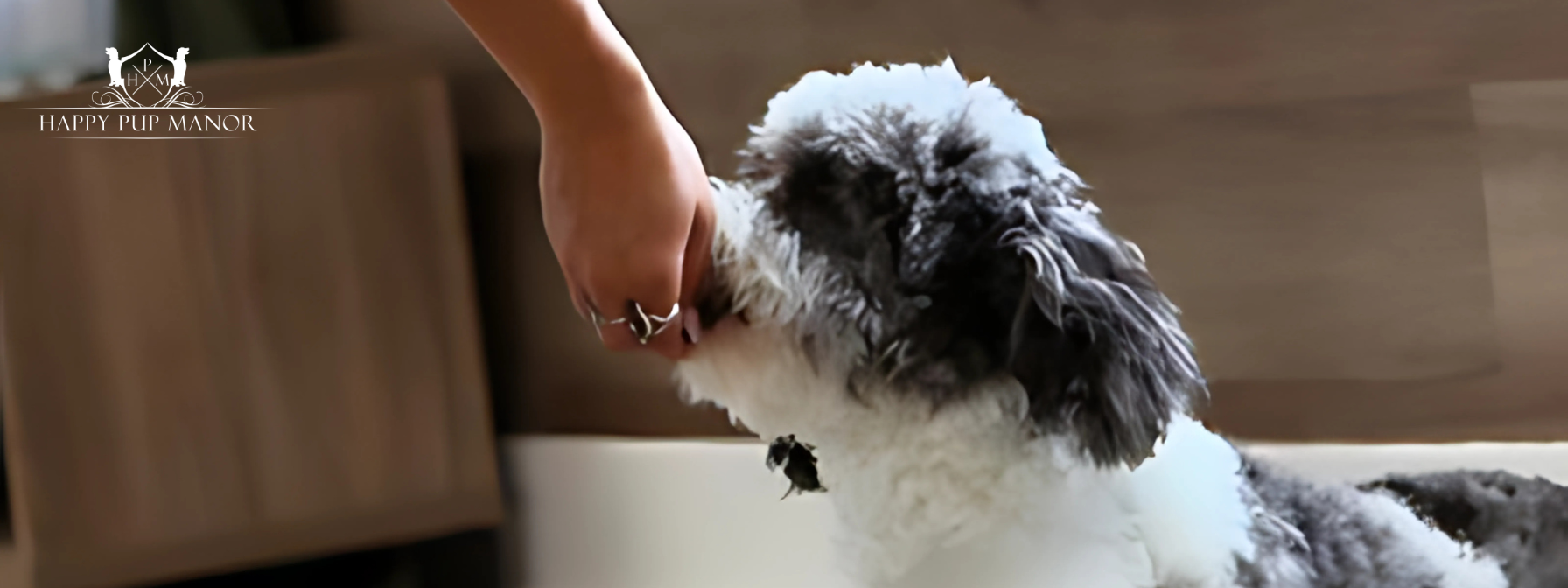Dogs And Marking: How To Stop The Dog Marking Behavior

Dogs And Marking: How To Stop The Dog Marking Behavior
Have you found your dog marking places in your home? Dog marking territory is a natural behavior where pups use their pee to claim an area or territory.
While this is a normal behavior in dogs, this doesn’t mean that you cant do anything about it. Well, who wants a home with dog pee in every corner? If you want to know how to stop a dog from marking, you’re in the right place! We will be looking at the various reasons for dog marking and ways that you can curb this behavior.
What is Dog Marking?

Marking is when a dog urinates in small amounts on objects, a natural behavior that is particularly common in males but also seen in females. This isn’t just about needing to go; it’s a way for dogs to communicate with other animals and tell them, “Hey, this spot is mine!”
Marking involves just a little bit of urine and is often done on things like trees, walls, or even furniture. It’s their way of sharing information about who they are, whether they’re ready to mate, and what their boundaries are. Understanding this quirky habit can help you manage it better, keeping the home and your furry friend happy!
What Are The Other Types Of Dog Marking?
Urine Marking: Urine marking is the most common way dogs mark their territory. You’ll often see dogs lifting their legs to urinate on objects or surfaces.
Defecation Marking: Though less common than urine marking, some dogs also mark their territory by defecation.
Rubbing Marking: Rubbing marking happens when a dog rubs their body against an object or surface to transfer their scent and mark their territory.
Scratching Marking: Scratching marking occurs when a dog scratches the ground or an object to leave its mark.
Why Do Dogs Mark?
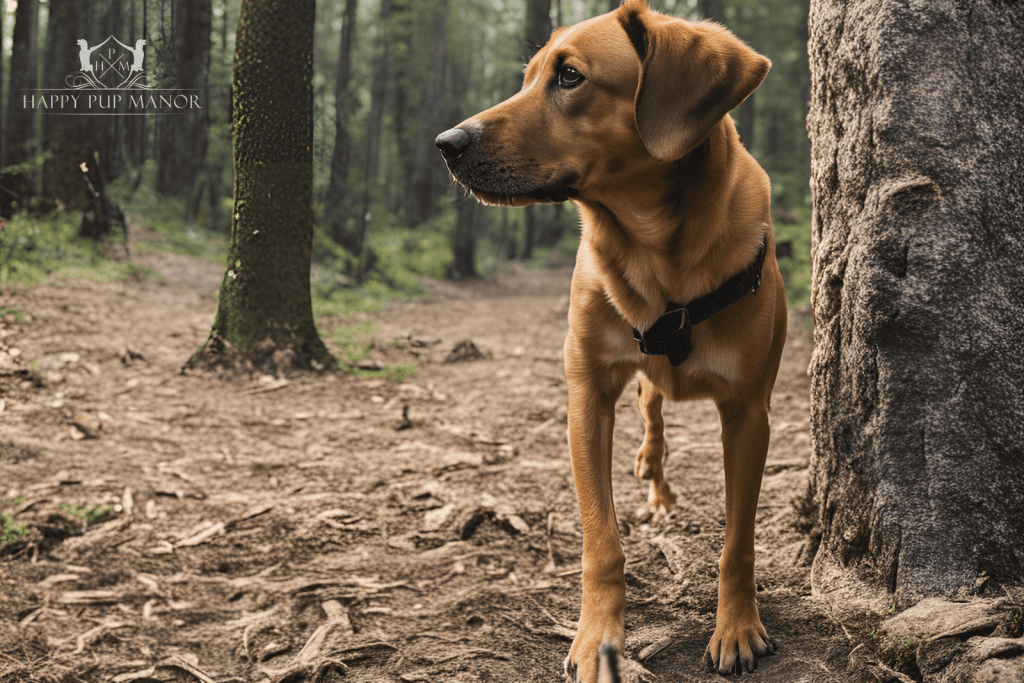
Aside from marking their territory and staking a claim on an area, dogs may have other reasons why they have this behavior. It is important that you observe your dog’s behavior so you can better identify the reason for marking since not all dogs may have the same reason.
Communication
When our pups mark their territory, they leave a little message for other dogs. They share details about their sex, age, status, and even reproductive state. It’s a natural way for them to communicate and establish boundaries. It’s fascinating how much they can convey with just a scent!
Sexual Availability
Dogs that haven’t been spayed or neutered often tend to mark their territory to advertise their sexual availability to other dogs. This is especially true during certain times when they’re more hormonally active. For instance, unneutered male dogs might mark more frequently to signal their presence to potential mates, while unspayed female dogs might do the same when they’re in heat.
Anxiety or Stress
Sometimes, our pups might start marking when there are changes in their environment that cause them to be anxious. For instance, if you recently moved, brought in new pets, or had unfamiliar visitors, these new experiences can be a bit overwhelming for them. Marking can be their way of coping with these changes, as it helps them establish a sense of security and familiarity. It’s their way of saying, “This is my space, and I belong here.”
Excitement
On the flip side, our pups can get super excited when they encounter new places, people, or other animals. This excitement can sometimes lead them to mark everything in sight! It’s like they’re leaving a little note saying, “Hey, I was here!” They can also get particularly stimulated if they come across a female dog in heat or visit a spot where another dog has left their scent.
Medical Issues
While marking is often about communication and territory, sometimes it can signal an underlying health issue. For instance, if your pup is suddenly marking more frequently or in unusual places, it might be due to a medical condition like a urinary tract infection (UTI). UTIs can make it difficult for dogs to hold their pee, leading to more frequent urination. It’s their way of telling us that something might be off with their health.
How To Stop A Dog From Marking
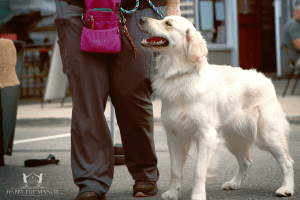
Whether your dog is marking due to territorial instincts, anxiety, or changes in its environment, there are effective strategies to help curb this habit. Here are practical tips and techniques on how to get a dog to stop marking:
Spaying/Neutering
A study on the “Effects of neutering on undesirable behaviors in dogs” found that problem behaviors such as dog marking can improve after spaying or neutering when combined with behavioral intervention. While spaying or neutering your dog does not guarantee that it will stop marking, it can significantly reduce the chances from 60% to 80%.
Some also suggest that you have your pup spayed or neutered even before it starts marking to prevent the behavior altogether. This way, you don’t need to teach your dog to forget marking since it never started the behavior. It is best to consult your veterinarian to help you identify if this would be best for your dog.
Clean Up As Soon As They Happen
If you see your pup marking a spot, cleaning it up immediately is important to remove the smell. Dogs have a keen sense of smell and might be tempted to mark the same spot again if they catch a whiff of their previous scent.
To prevent this, use a good enzymatic cleaner that gets rid of the odor completely—regular cleaners might not do the trick. Thoroughly cleaning the area can discourage your pup from returning to that spot. It’s all about keeping your home fresh and helping your furry friend develop better habits!
Here are some of the best no-marking sprays for dogs that we love:
– Urine Stop – Don’t Mark Here – No More Barking –
Make Sure Your Dog Gets Exercise
Some pups are more prone to marking when they’re feeling anxious, stressed, or overly excited. It’s their way of coping with these emotions, sometimes leading to frequent marking around the house. To help prevent this, it’s important to ensure they get plenty of exercise and mental stimulation.
Regular walks, playtime, and engaging activities can help burn off excess energy and reduce anxiety, making them less likely to mark. Keeping a consistent routine and providing a calm environment can also go a long way in helping your pup feel secure and relaxed. Remember, a happy and well-exercised dog is less likely to mark out of stress!
Socialize with Other People and Pets
If your pup tends to get fidgety and anxious when meeting new people or animals, or visiting unfamiliar places, incorporating socialization sessions into your routine can help. By gradually exposing your dog to new experiences in a controlled and positive way, they can become more comfortable and confident.
This can include meeting new people, interacting with other dogs, or exploring new environments. As your pup gets used to these situations, they’ll be less likely to feel the need to mark out of anxiety or nervousness. It’s all about building their confidence and making sure they feel safe and secure, whether you’re hosting visitors at home or heading out on new adventures together.
Read: Why Is Puppy Socialization So Important?
Limit Access to Areas
When you notice your pup starting to mark indoors, a good strategy is to block and limit their access to those areas. This way, they won’t have the chance to mark multiple spots. Gradually reintroduce your dog to these areas, rewarding them for good behavior when they don’t mark. Positive reinforcement can go a long way in encouraging them to behave well.
If they do mark or attempt to mark, avoid shouting or punishing them, as this can increase their anxiety. Instead, say “No” firmly and calmly, then gently lead them out of the area. Give it another try later. Patience and consistency are key. With time and practice, your pup will learn the right behaviors and feel more secure in their environment.
Introduce New Pups Gradually
When a new puppy joins the family, some older dogs might start marking around the house. This behavior often happens because they feel like their territory is being challenged by the newcomer. To help ease this transition and prevent marking, it’s important to introduce your new puppy to your older dog in a calm and positive way.
Start with a neutral space where neither dog feels territorial. Let them sniff and interact under supervision, offering praise and treats for calm and friendly behavior. Gradually allow them to explore shared areas in the house together. This helps your older dog feel secure and understand that the new puppy is not a threat to their space. Be patient as you allow both dogs to adjust and become comfortable with each other, reducing the likelihood of marking behavior.
Schedule a Medical Check-Up
Sometimes, marking behavior in dogs can be linked to underlying health conditions. If you notice your dog suddenly starting to mark more frequently or in unusual places, it might be a sign that something’s not quite right with their health. Conditions like urinary tract infections can cause a dog to feel the need to urinate more often, which can lead to marking. Anxiety can also play a role, as stressed dogs may use marking as a way to cope.
It’s a good idea to consult your vet if you suspect health issues might be at play. They can help rule out medical conditions and offer guidance on the best course of action. Whether it’s a matter of medication, a change in diet, or simply managing stress levels, addressing any underlying health issues is an important step in helping your dog feel better and reducing marking behavior.
Seek Help From a Dog Trainer or Behavioralist
A dog trainer and behaviorist can be really helpful in figuring out if your pup is marking or if there’s something else going on, like submissive urination or just needing a bit more housetraining. They can provide insights and advice tailored to your dog’s specific needs, making it easier to address any issues and help your pup feel more confident and well-adjusted. Plus, they’re great at offering tips and tricks to make life with your dog even more enjoyable!

Here at Happy Pup Manor, we specialize in doodle dog training and dog boarding in Grayslake, Illinois. We ensure that your pup gets the proper training from an early age, which can help prevent it from developing a making behavior. Our goal is to make things easier for both of you. Contact us now so we can discuss the various training programs that your pup can get.





